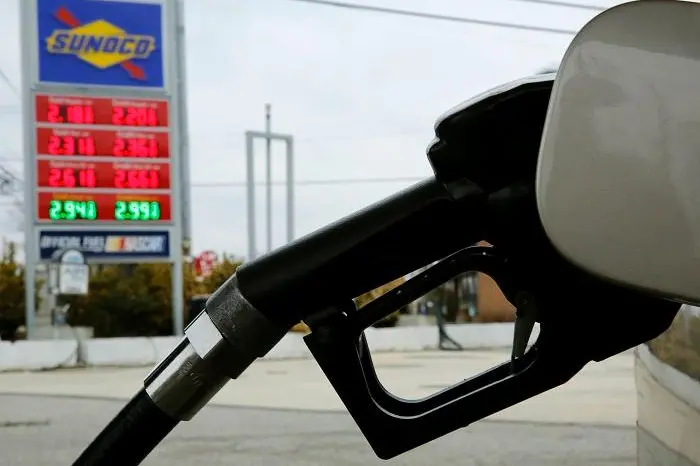PHOTO
(John Kemp is a Reuters market analyst. The views expressed are his own)
LONDON- U.S. consumption of diesel and other middle distillate fuels is decelerating in line with the wider slowdown in manufacturing and construction activity.
Consumption of distillate fuel oil was up by 3% in the three months from February to April compared with the same period a year earlier, according to data from the U.S. Energy Information Administration.
Consumption growth has fallen from more than 5% year-on-year in the three months from August to October and the trend is slowing despite short-term volatility (“Petroleum Supply Monthly”, EIA, June 28).
Distillate fuel oils are mostly used in manufacturing, freight transport, construction, mining, oil and gas production, and farming - as well as small amounts for home and commercial heating, especially in the U.S. northeast.
Distillate consumption is therefore most heavily exposed to the business cycle and the recent slowdown is consistent with business surveys and government data showing the rate of economic growth is decelerating.
Farm diesel consumption has been hit by heavy rains and flooding across the Midwest which has delayed or even cancelled the traditional planting season.
Midwest distillate consumption was up by just 2% in February-April compared with the same period a year earlier, down from peak growth of more than 4% in August-October.
But the distillate slowdown cannot be wholly or mainly attributed to the farm sector’s severe weather problems.
LEVELLING OFF
Fuel consumption has slowed even more sharply in the states along the East Coast to less than 1% in February-April down from almost 7% in August-October.
Gulf Coast and West Coast consumption growth also shows signs of levelling off or slowing after accelerating for much of last year.
Slowing distillate consumption growth is consistent with a broad range of other indicators pointing to a sharp slowdown in manufacturing and a downturn in construction and freight transportation.
Hedge funds have responded by turning a bullish net long position in distillate futures and options of as much as 63 million barrels in October into a bearish net short position of 19 million barrels by the middle of June.
By June, hedge funds’ outlook for distillate prices, as measured by the ratio of their long to short positions, had become the most negative since the middle of 2017 and before that the economy-wide slowdown of 2015/16.
Since then, fund managers have covered some of their short positions, which has helped lift oil prices from their mid-June lows.
The outlook for the rest of the year depends on whether the current softness in manufacturing and construction activity proves to be just a mid-cycle slowdown followed by re-acceleration or an end-of-cycle recession.
(Editing by Emelia Sithole-Matarise) ((john.kemp@thomsonreuters.com and on twitter @JKempEnergy))












